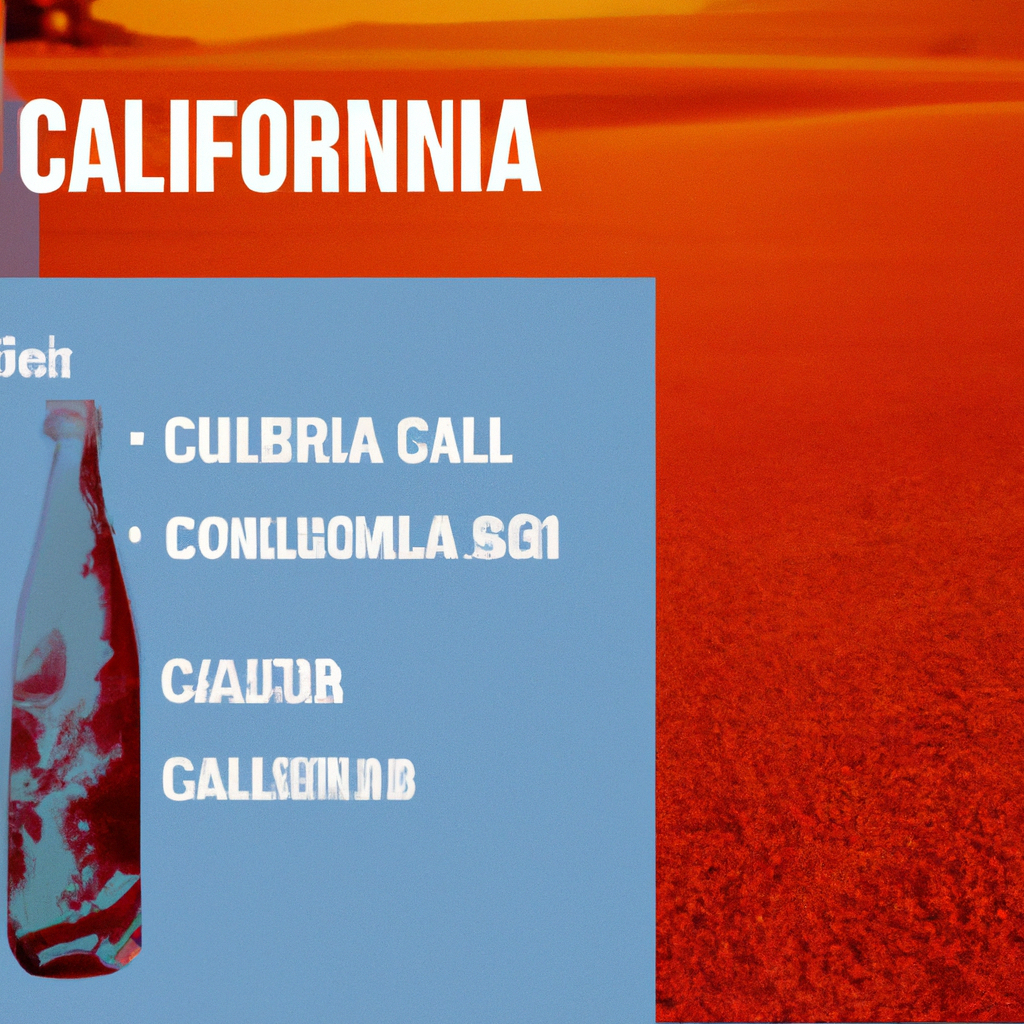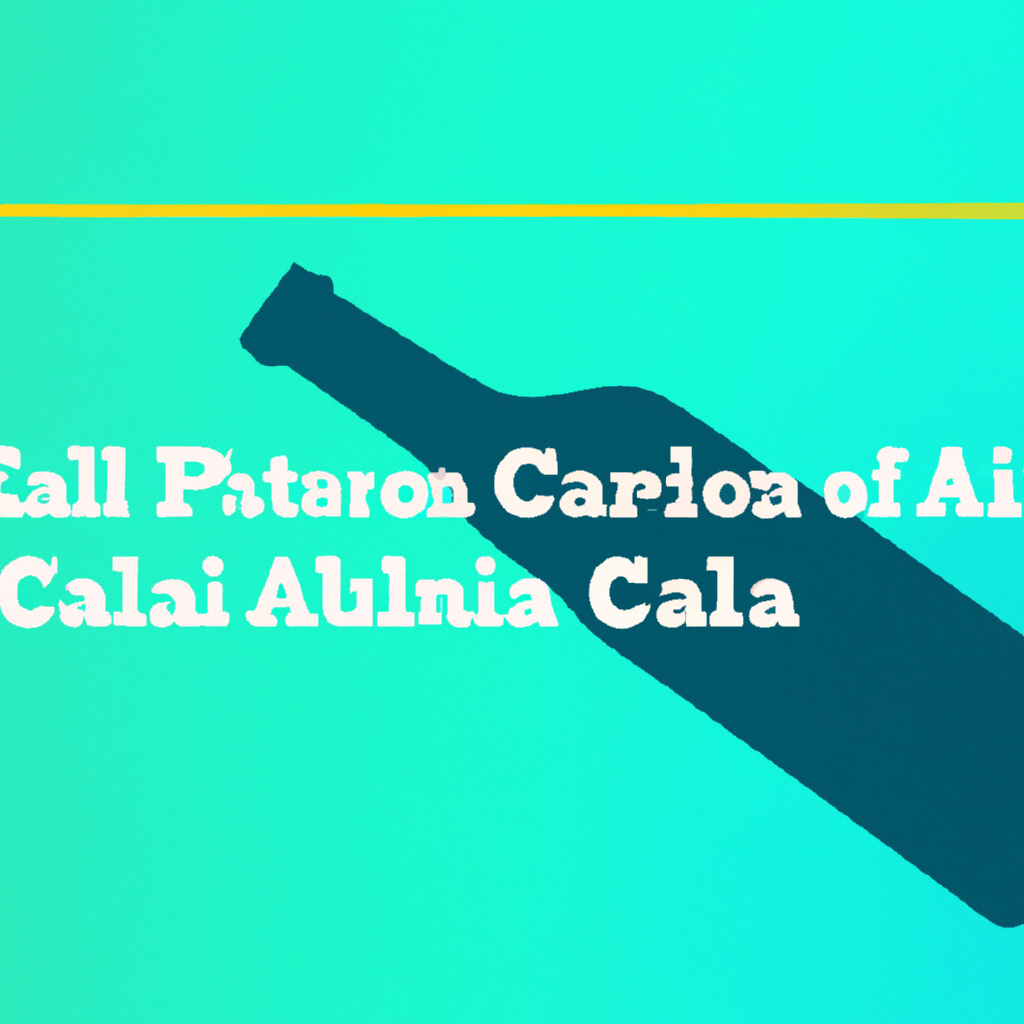
-
Article Summary
- Key Points to Know About the California Bottle Bill
- Key Takeaways
- Introduction: Understanding the California Bottle Bill
- The California Bottle Bill: A Closer Look
- Proposed Amendments to the Bill
- FAQ Section
- What is the California Bottle Bill?
- What types of containers are covered by the bill?
- What is the California Redemption Value (CRV)?
- What challenges has the bill faced?
- What are the proposed amendments to the bill?
- Conclusion: The Future of the California Bottle Bill
- Key Takeaways Revisited
Key Points to Know About the California Bottle Bill

[youtubomatic_search]
Key Takeaways
- The California Bottle Bill, officially known as the California Beverage Container Recycling and Litter Reduction Act, was enacted in 1986 to encourage recycling and reduce litter.
- The bill places a California Redemption Value (CRV) on certain beverage containers, which consumers can reclaim by recycling the containers.
- Despite initial success, the bill has faced challenges in recent years due to changes in the global recycling market and the closure of many recycling centers in California.
- Proposed amendments to the bill aim to address these challenges and improve the state’s recycling infrastructure.
- Public participation and awareness are crucial for the success of the bill and the overall goal of reducing waste and promoting sustainability.
Introduction: Understanding the California Bottle Bill
The California Bottle Bill, officially known as the California Beverage Container Recycling and Litter Reduction Act, was enacted in 1986 with the primary goal of reducing litter and encouraging the recycling of beverage containers. The bill has had a significant impact on recycling rates in California, but it has also faced numerous challenges in recent years. This article explores the key points to know about the California Bottle Bill, its successes, challenges, and potential future.
The California Bottle Bill: A Closer Look
The California Bottle Bill places a California Redemption Value (CRV) on certain beverage containers, which consumers can reclaim by recycling the containers. The CRV is typically 5 cents for containers less than 24 ounces and 10 cents for containers 24 ounces or larger. This provides a financial incentive for consumers to recycle and helps to reduce the amount of waste that ends up in landfills or as litter.
Since the bill’s enactment, recycling rates in California have significantly increased. According to CalRecycle, the state’s recycling agency, the recycling rate for beverage containers covered by the bill was 75% in 2019, up from just 52% in 1988.
However, the bill has faced challenges in recent years due to changes in the global recycling market and the closure of many recycling centers in California. The value of recyclable materials has decreased, making it less profitable for recycling centers to operate. As a result, hundreds of recycling centers have closed in recent years, making it more difficult for consumers to redeem their CRV and leading to a decrease in recycling rates.
Proposed Amendments to the Bill
In response to these challenges, lawmakers have proposed amendments to the California Bottle Bill. These amendments aim to improve the state’s recycling infrastructure, increase the CRV for certain containers, and expand the types of containers covered by the bill. For example, one proposed amendment would increase the CRV for glass and plastic containers to 10 cents, regardless of size. Another proposed amendment would expand the bill to include wine and liquor bottles, which are currently exempt.
FAQ Section
What is the California Bottle Bill?
The California Bottle Bill, officially known as the California Beverage Container Recycling and Litter Reduction Act, is a law enacted in 1986 that places a California Redemption Value (CRV) on certain beverage containers to encourage recycling and reduce litter.
What types of containers are covered by the bill?
The bill covers most types of beverage containers, including those made of aluminum, glass, plastic, and bimetal. However, it currently does not cover wine and liquor bottles.
What is the California Redemption Value (CRV)?
The CRV is a deposit that consumers pay when they purchase a beverage container covered by the bill. They can reclaim this deposit by recycling the container. The CRV is typically 5 cents for containers less than 24 ounces and 10 cents for containers 24 ounces or larger.
What challenges has the bill faced?
The bill has faced challenges due to changes in the global recycling market and the closure of many recycling centers in California. The value of recyclable materials has decreased, making it less profitable for recycling centers to operate. This has led to a decrease in recycling rates and made it more difficult for consumers to redeem their CRV.
What are the proposed amendments to the bill?
Proposed amendments to the bill aim to improve the state’s recycling infrastructure, increase the CRV for certain containers, and expand the types of containers covered by the bill. For example, one proposed amendment would increase the CRV for glass and plastic containers to 10 cents, regardless of size. Another proposed amendment would expand the bill to include wine and liquor bottles.
Conclusion: The Future of the California Bottle Bill
The California Bottle Bill has played a significant role in promoting recycling and reducing litter in California. However, it has faced challenges that have threatened its effectiveness. Proposed amendments to the bill aim to address these challenges and improve the state’s recycling infrastructure. Public participation and awareness are crucial for the success of the bill and the overall goal of reducing waste and promoting sustainability.
Key Takeaways Revisited
- The California Bottle Bill was enacted in 1986 to encourage recycling and reduce litter.
- The bill places a California Redemption Value (CRV) on certain beverage containers, which consumers can reclaim by recycling the containers.
- The bill has faced challenges due to changes in the global recycling market and the closure of many recycling centers in California.
- Proposed amendments to the bill aim to improve the state’s recycling infrastructure, increase the CRV for certain containers, and expand the types of containers covered by the bill.
- Public participation and awareness are crucial for the success of the bill and the overall goal of reducing waste and promoting sustainability.
[youtubomatic_search]






